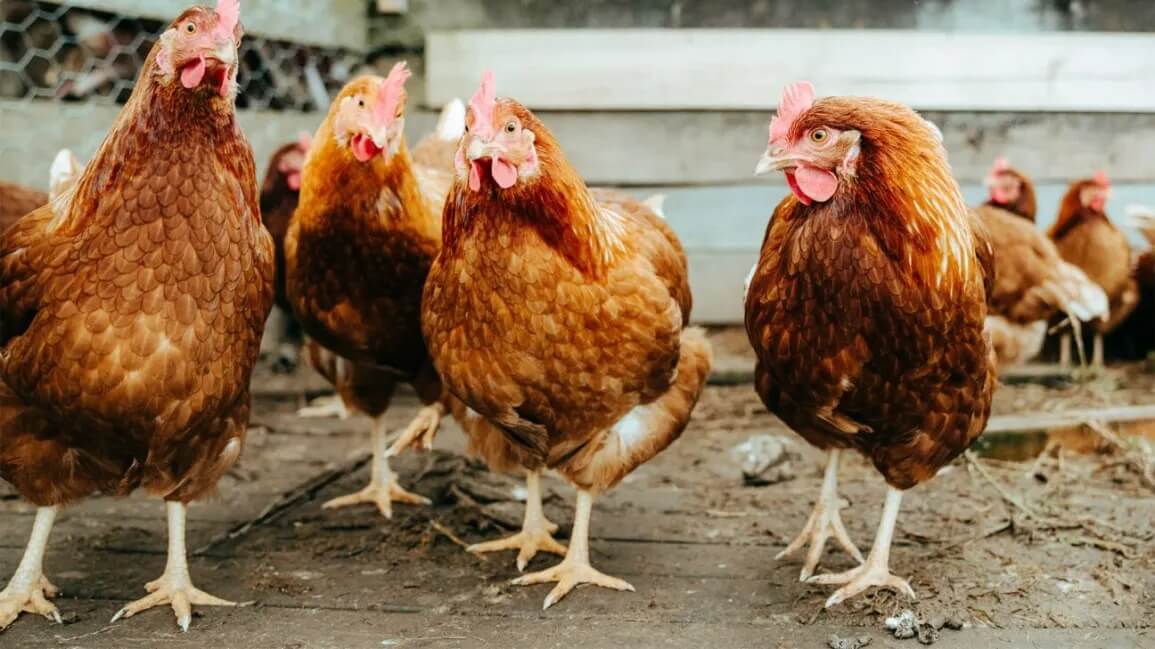
Bird flu is also called avian influenza. It is a viral infection that can infect not only birds but also humans and other animals. Most forms of the virus are restricted to birds.
H5N1 originated in China in 2004 and is the most common form of Bird flu. Here, we will try to understand the relationship between globalization and bird flu. Globalization was embraced by China in the 1980s. By the 1980s, most of the Chinese population was very poor. They were mostly non-vegetarian. They used to enjoy the chicken once a month. So, there was limited demand for poultry or chicken from the Chinese population. As demand was limited, the poultry industry was also a household activity.
From 2000 onwards, there was increased economic prosperity in the Chinese population. The increased prosperity had changed food habits also. A few years back, most of the Chinese population could not afford chicken, so they were taking it once or twice a month. Now, the same people were consuming the chicken twice or thrice a week. Because of this, there was a spurt in the demand for poultry or chicken. As demand increased, poultry which was initially an individual household activity, now took the form of industry. Large poultry farms were set up to meet the demand for poultry or chicken. This large poultry did not pay proper attention to hygiene and sanitation. Lack of hygiene and sanitation led to the eruption of diseases like avian influenza.
The process of globalization intensified from 2000 onward. So, the bird flu or avian influenza which erupted in the poultry farm spread speedily from China to other parts of the world.
To conclude, globalization is continuously changing the global scenario of socio – the economic system. The health system is not immune to it.


